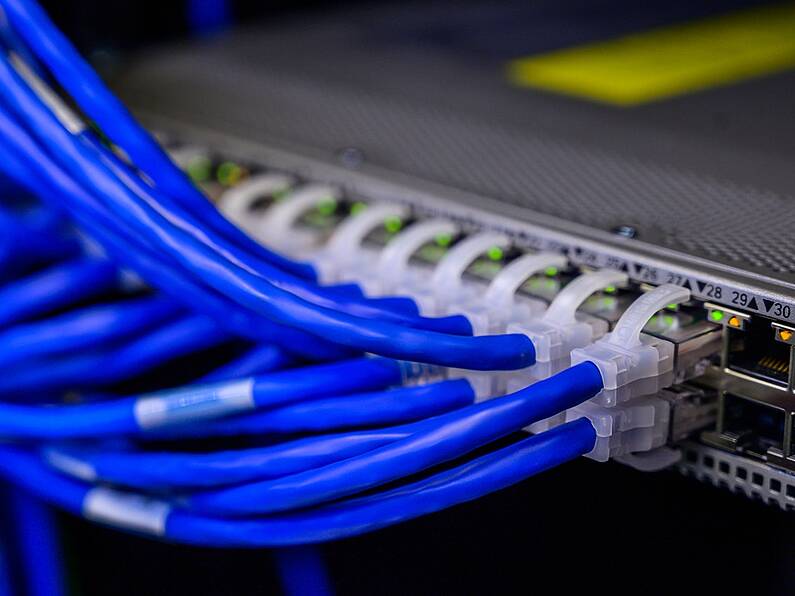Researchers have successfully made a robotic arm that can continually track and follow a computer cursor controlled by one’s thoughts.
It uses a non-invasive brain-computer interface (BCI) developed at Carnegie Mellon University.
Previous versions of BCIs have required invasive procedures to get high-resolution signals.
The new approach to building BCIs improved BCI learning by nearly 60% for traditional tasks and continuous tracking of a computer cursor by over 500%.
It has been tested on 68 able-bodied human subjects and the team plans to conduct clinical trials on patients in the near future.






